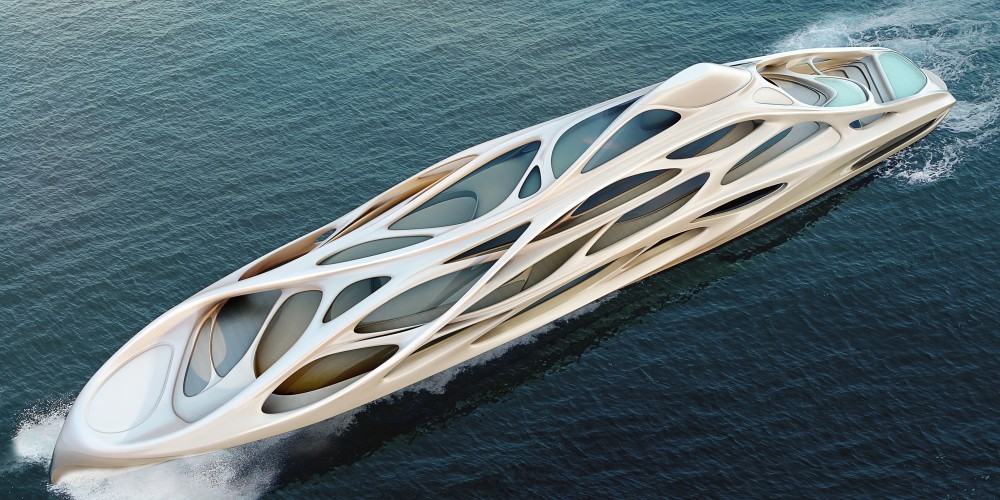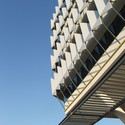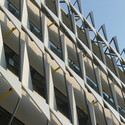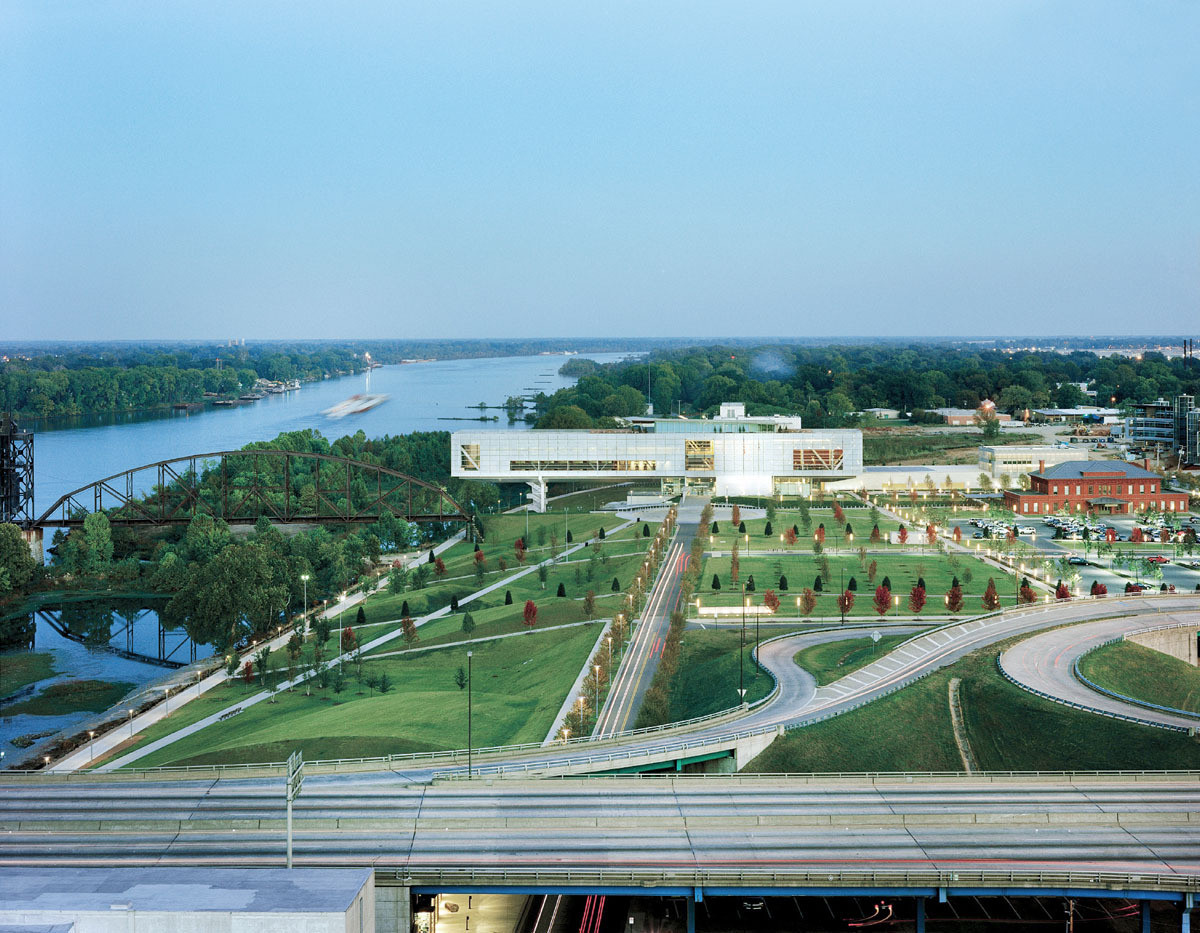
At its World Congress event in Durban last week, the International Union of Architects (UIA)'s 124 member organizations declared their commitment to sustainable architecture by unanimously adopting the 2050 Imperative, a plan to reduce carbon dioxide emissions from the built environment to zero by mid-century.
The adoption of the 2050 Imperative was planned to coincide with the United Nations Framework Convention on Climate Change (UNFCCC) conference that will reconvene in Paris in 2015, and has as one of its aims a plan to phase out CO2 emissions from the power and industrial sectors by 2050. The UIA stated their aim to "send a strong message to the Parties of the UNFCCC, and to the world, that we are committed to a truly sustainable and equitable future."
Read on after the break for more detail from the 2050 Imperative, including 5 key objectives



.jpg?1405382447)

























